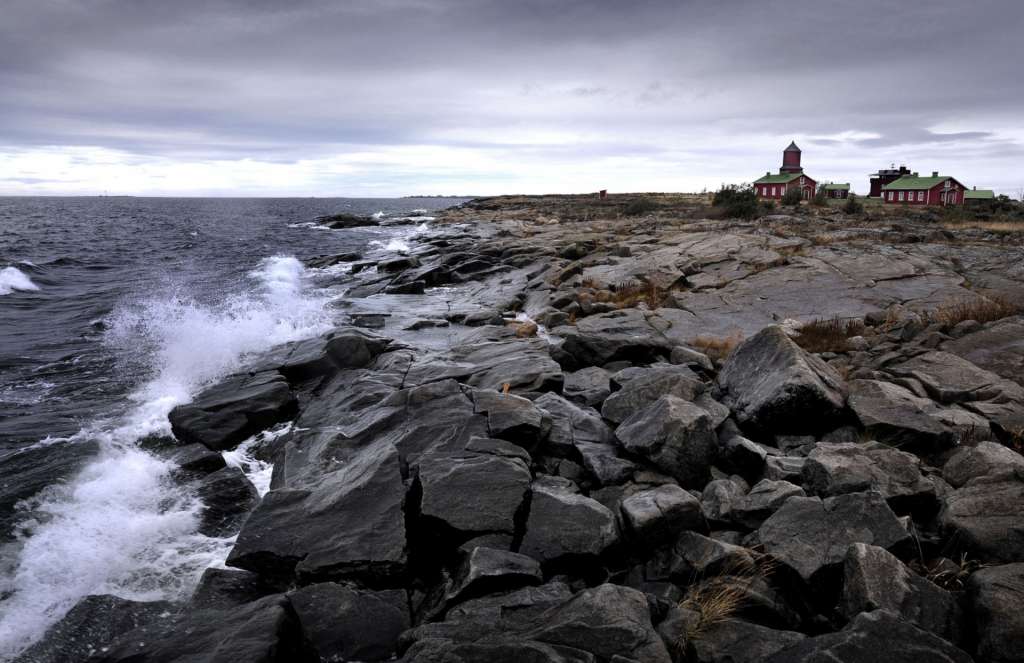
The outer archipelago
Whenever you get the chance to visit the outer archipelago’s islands, you should take it! In a sunny summer days the islands are like little paradises.
Thousands unique islands are full of contrasts: smooth rocks, rough rocky grounds, lush forests and bays. Many light houses and maritime pilot stations remind of the old days. Nowadays the outer islands have summer cottages and many of these are former fishermen’s huts. The Kvarken Archipelago is home also for numerous birds who are also one of the Kvarken’s sights. Please remember to consider nature, and take your rubbish away and let the birds nest in peace.
During the summers, you can get to Mickelsörarna or Valsörarna islands via World Heritage cruises, where the guides reveal the islands’ many stories. Also many of the archipelago’s entrepreneurs offer boat trips to the outer archipelago. See the entrepreneurs here. If you have your own boat, we recommend landing in for example Molpehällorna’s or Fäliskäret’s guest harbours.
Valsörarna islands
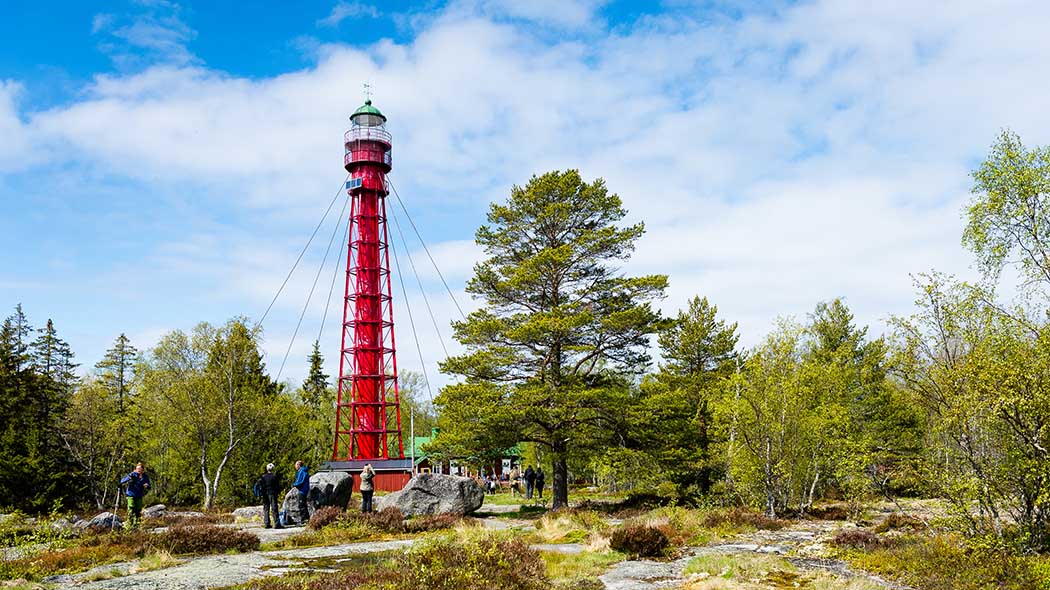
When you approach Valsörarna islands, you will see the island’s own red Eiffel tower in the horizon. The tower is actually a light house, and it is designed by the same company that designed the real Eiffel tower in Paris. Valsörarna islands has been one of the most important fishing grounds for the villagers of Björköby village and the island has been inhabited by light house keepers and coast guards. Nowadays the light house is automated, and the Kvarken’s rocky waters are guarded at Södra Vallgrund’s station.
Today you mostly hear the birds in the island – or perhaps the delighted remarks made by the birdwatchers who are members at Ostrobothnia Australis association. Valsörarna islands are popular among migratory birds and many archipelago birds’ nesting grounds. In fact, thanks to the villagers of Björköby village, the islands have been a bird protection area since 1948.
Along the nature trail, you can spot birds and experience the land uplift forests that are special for the Kvarken Archipelago. Please stay on the trail that you do not disturb the birds and their young.
Here you can read more about the things you need to consider when visiting the archipelago.
Rönnskären islands
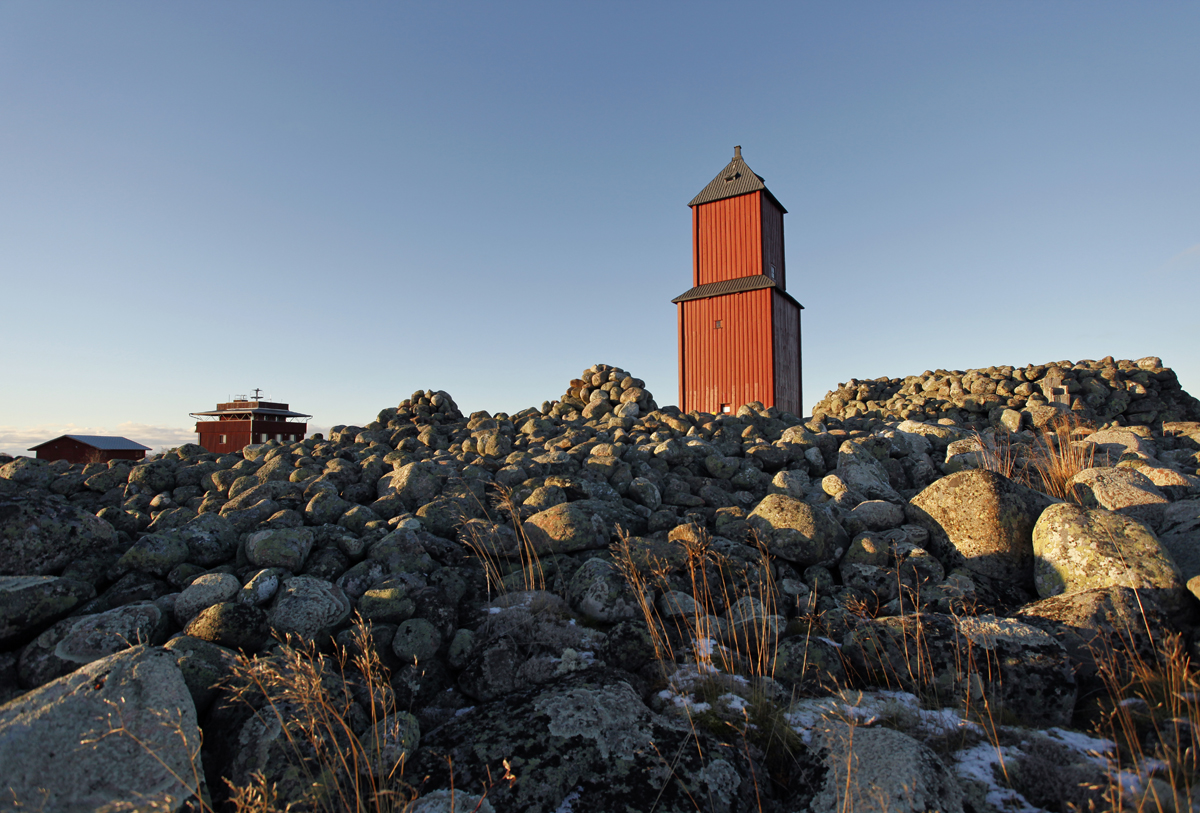
The Kvarken’s rocky waters have been also treacherous but not only because of the land uplift. Thus, there are many wrecks lying in the waters surrounding the Rönnskären islands. One of the islands, Fäliskäret island has been a centre for maritime pilots. Before the modern sea charts and acoustic detection were invented, sea pilots helped the boats to the harbours and out to the sea. Fäliskäret’s large red fixed beacon is Finland’s oldest wooden day mark from year 1784.
The sea pilots and seamen lived in Fäliskäret for 200 years but nowadays the island is under Metsähallitus, State Forest Enterprise. Fäliskäret is popular among sailors and boaters and it is good place to continue boating over the Bothnian Sea to the High Coast in Sweden which is the other side of the transboundary World Heritage Site High Coast/Kvarken Archipelago. At Fäliskäret, there is a guest harbour, a rental conference space and possibilities to stay overnight at rental huts.
Like other islands in the Kvarken Archipelago, birds like to nest in Rönnskären. Razorbills, black guillemots and arctic terns like the barren and treeless islets, whereas velvet scoters, red-breasted mergansers, tufted ducks and quite rare greater scaups prefer the more sheltered areas.
Here you can read more about the things you need to consider when visiting the archipelago.
Norrskär island
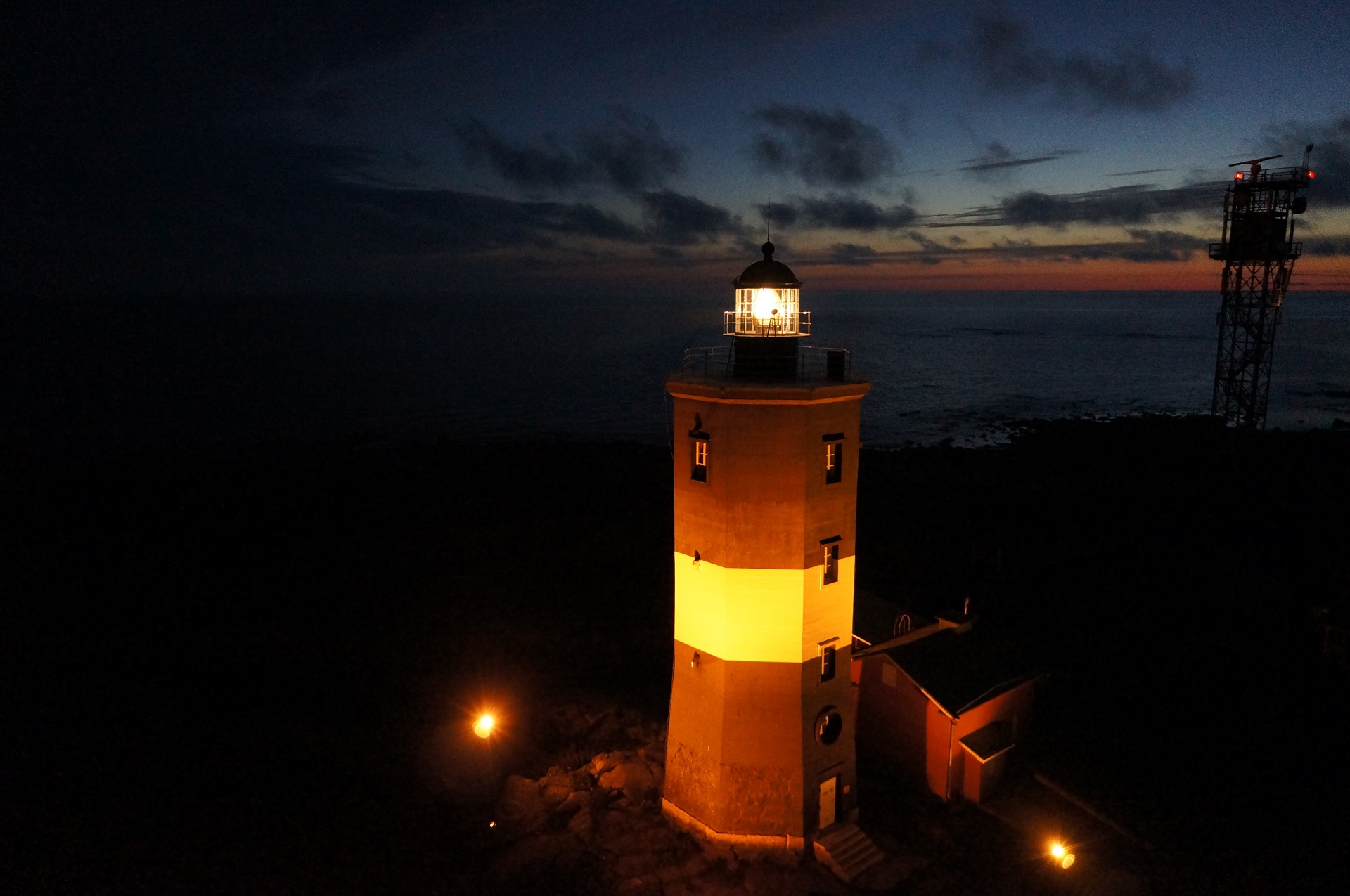
In the middle of the Kvarken area lies the island group of Norrskär. Here the force of weather and waves is clear. In 1846, a black and white light house was built on the northern Norrskär. In total four light house keepers watched over the light house until 1987, when the light house was Finland’s last manned light house.
Over the decades, the sea pilots lived on the barren and nearly treeless islands. During the Second World War, the place served as a military outpost. Bunkers, cannons and old barrack remind of those times.
Metsähallitus takes care of the area nowadays, and the old maritime pilot station has been changed into a bird watching station. The former fishermen’s huts, which were part of a fisher village, are now treasured summer cottages owned by the fishermen’s descendants.
Even though Norrskär is rough and windy, the birds thrive there. Water birds like turnstones and red-necked phalaropes like the lush meadows by the bays. Over 50 bird species call Norrksär home during the Kvarken’s long and light summers.
Mickelsörarna islands
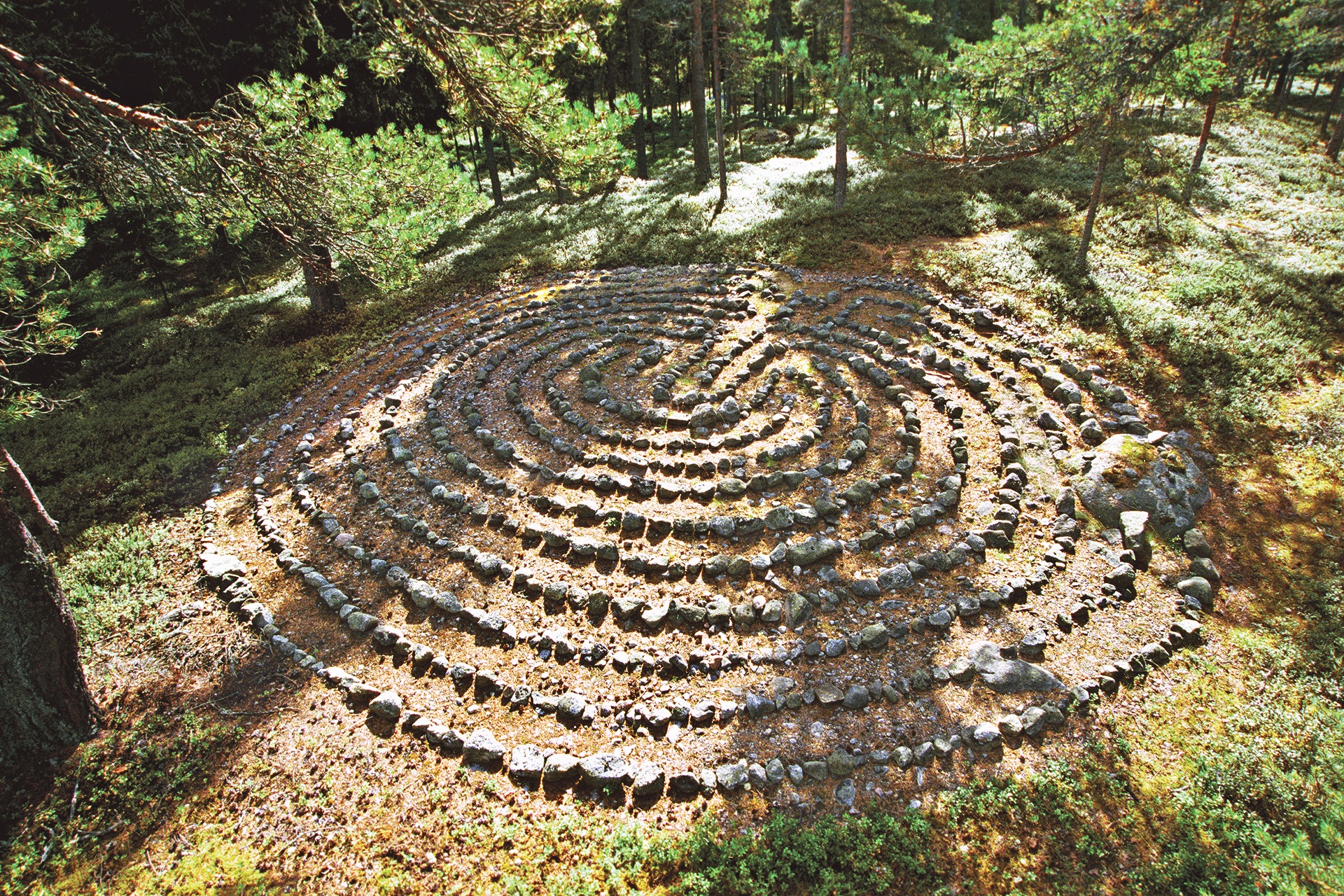
Mickelsörarna islands were inhabited for a long time, and the last resident was a 90 years old Ida Lundberg, who lived on the islands until the late 1990’s. By that time, Mickelsörarna had been inhabited for 160 years. Luckily, the story of Ida and many others have been written down. The stories tell for example how the cunning spirit smugglers bought the first motor boat and how the men sat up in the spruces during the Winter War in 1939, keeping watch.
There have been 35 residents in Mickelsörarna islands at its peak, and these people lived there almost year round. But already in the 16th century, fishermen and hunters visited the islands. At that time, Kummelskär island had just risen from the sea due to the land uplift. Along the nature trail, you can spot traces of the old days: mysterious giants’ guards, Russian ovens and compass roses.
At Kummelskär island, there is a nature station which was previously a coast guard station. On the sheltered southern shore is a guest harbour. From the nature station’s observation tower you can view the unique landscape that is so unique that it selected on UNESCO World Heritage List.
Molpehällorna island
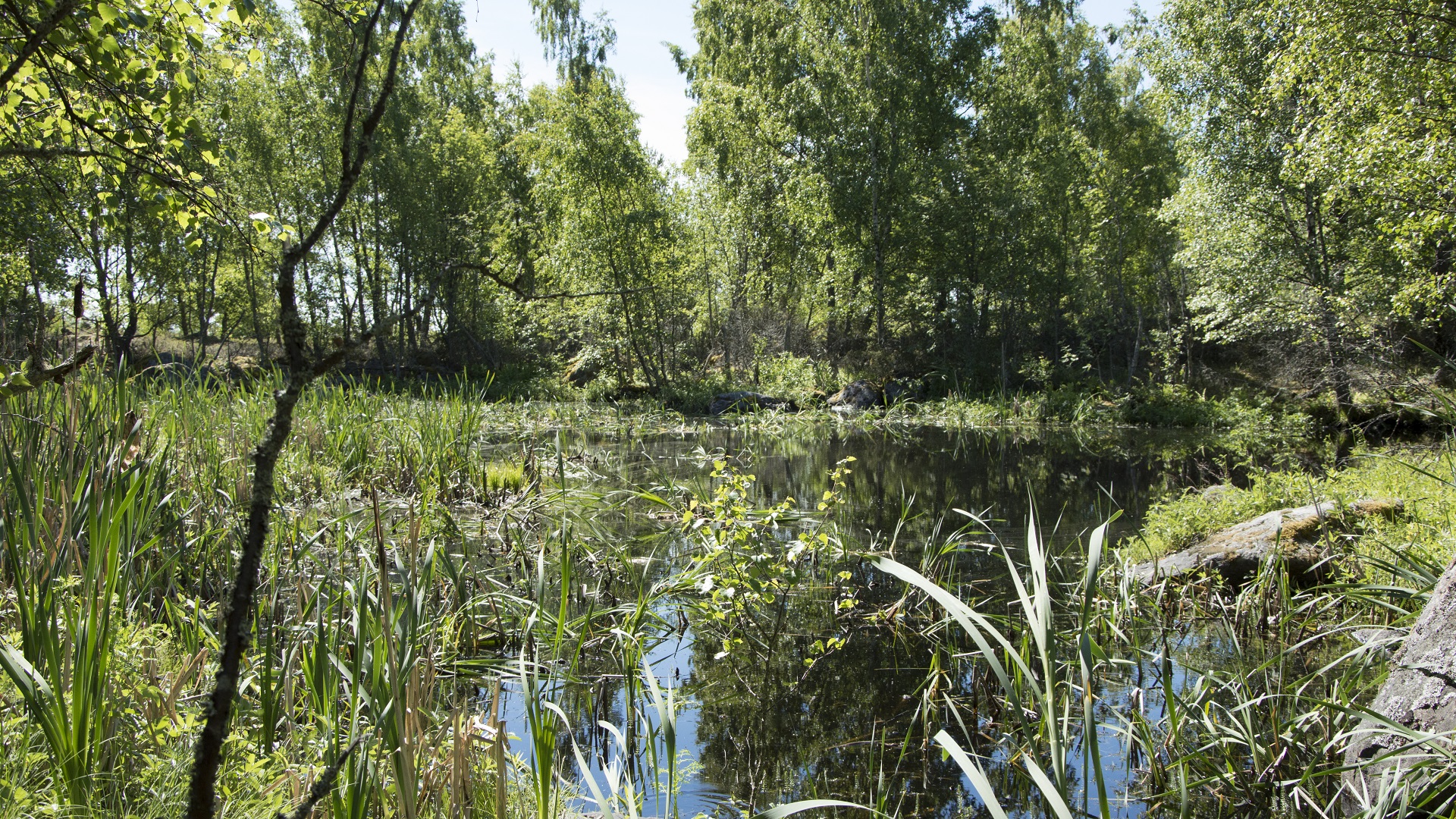
About mid 17th century, the land uplift revealed four islets on the southern part of the Kvarken Archipelago. Finland’s first wooden day mark was built in 1668 on one of the islets. With the day mark, the light house keeper could heave up a basket with burning wood, a sign for boaters to watch out in the dangerous waters. There is a legend of a light house keeper Jakob Rautio and of his passionate love story and his tragic death in 1808 war.
Eventually, the four islets grew together and formed Molpehällorna island. The island was important for the archipelago’s coast guard operations during a few decades in 1900’s. Nowadays mainly birds visit the island but for them the island is a paradise. Besides the boulders and junipers, there are lush land uplift forests and shallow flad and glo lagoons that offer nutrition and shelter for example for the birds.
Here you can read more about the things you need to consider when visiting the archipelago.

